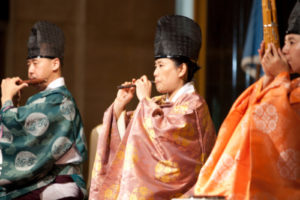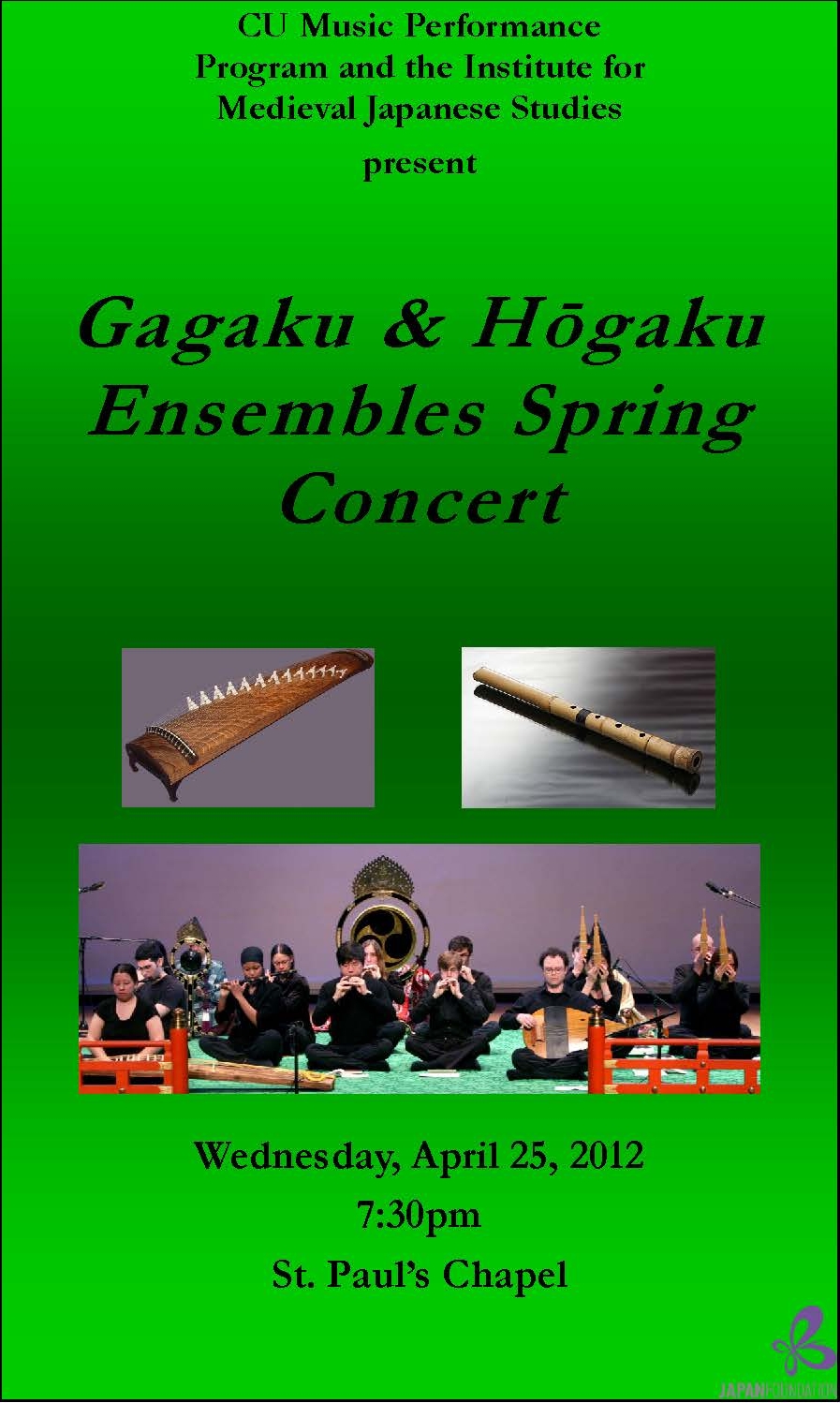

IMJS: Japanese Cultural Heritage Initiatives
Columbia University
Treasuring the Past・Enriching the Present・Transforming the Future
15 events found.

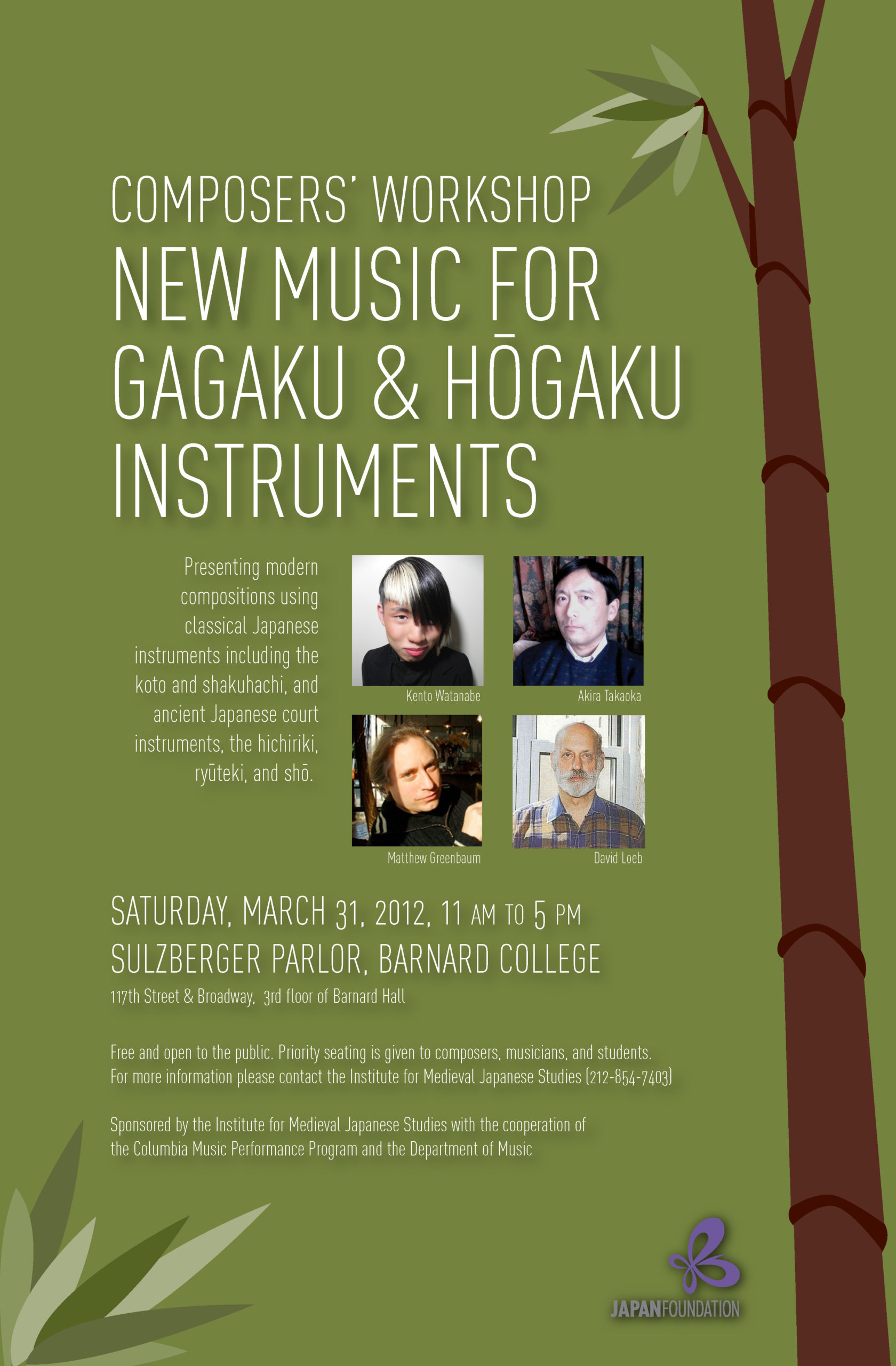
Composer’s Workshop: New Music for Gagaku & Hogaku Instruments
Sulzberger Parlor, Barnard College Broadway and 117th Street, New York, NY, United States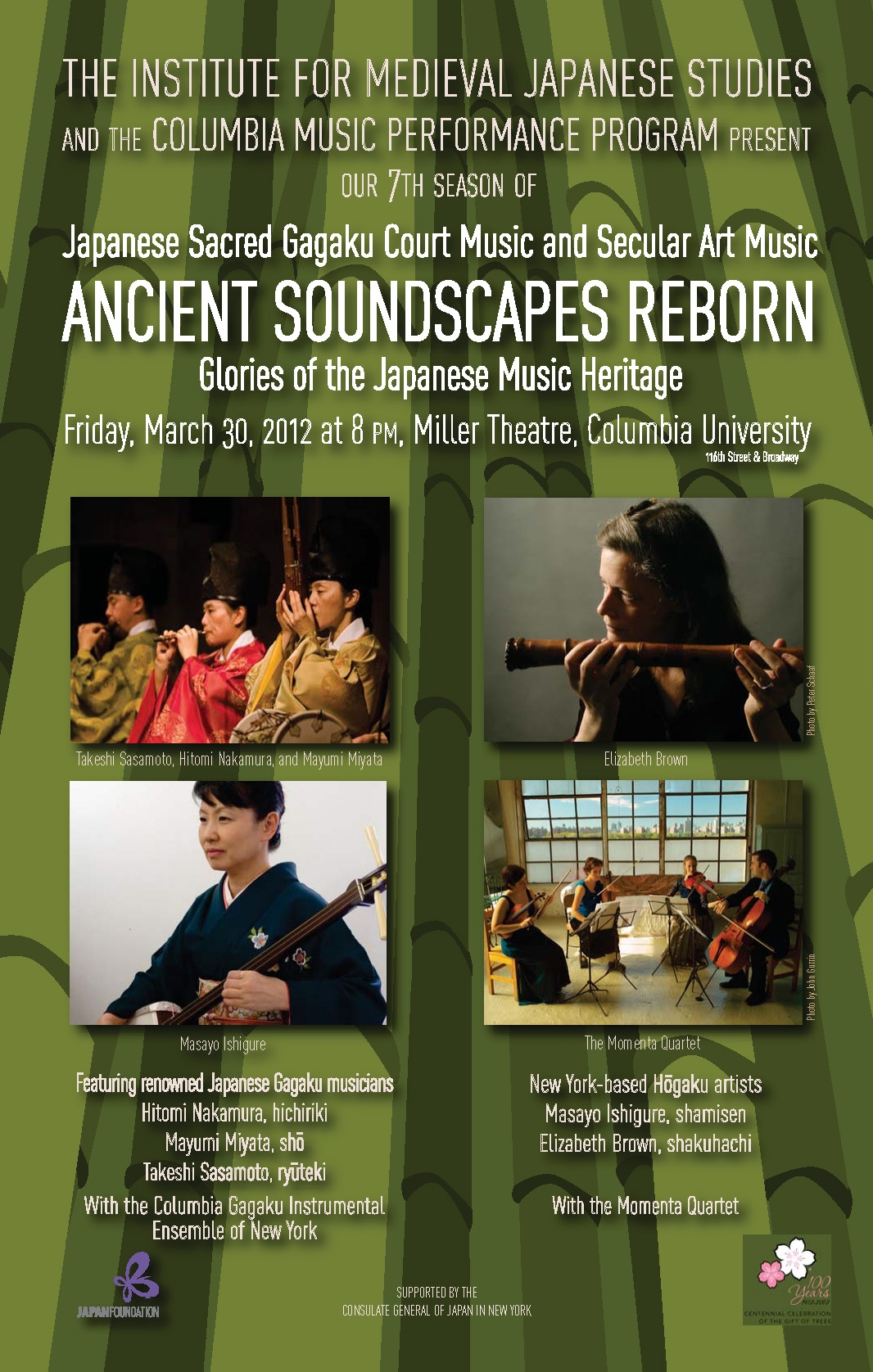
Glories of the Japanese Music Heritage “Japanese Sacred Gagaku Court Music and Secular Art Music: Ancient Soundscapes Reborn”
Miller Theatre, Columbia University 2960 Broadway, New York, NY, United StatesGagaku Master Class
112 Dodge Hall 2960 Broadway, New York, NY, United StatesJuilliard Gagaku Workshop
The Juilliard School 65 Lincoln Center, New York, NY, United States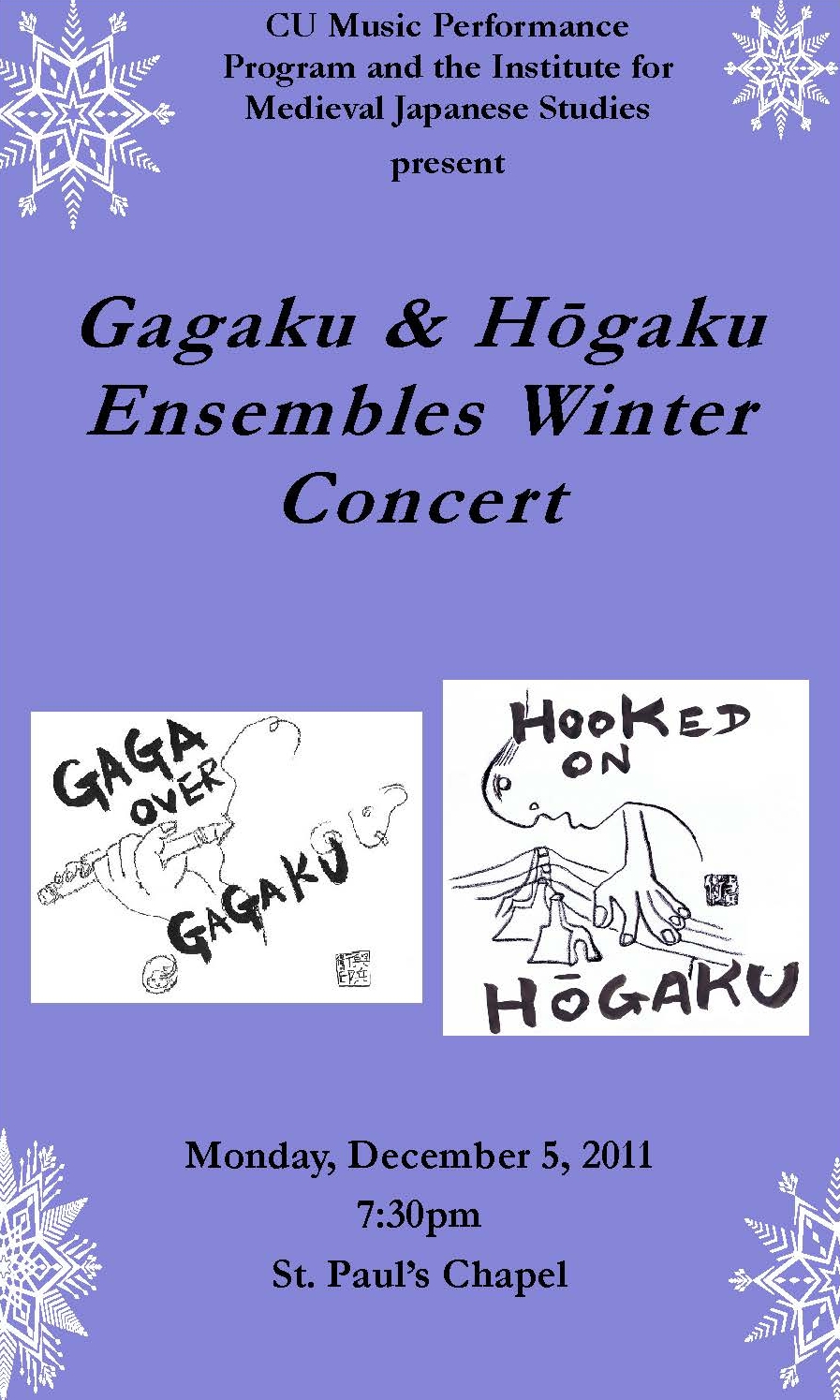
Semester-End Recital – Fall 2011
St. Paul’s Chapel, Columbia University 1160 Amsterdam Ave, New York, NY, United States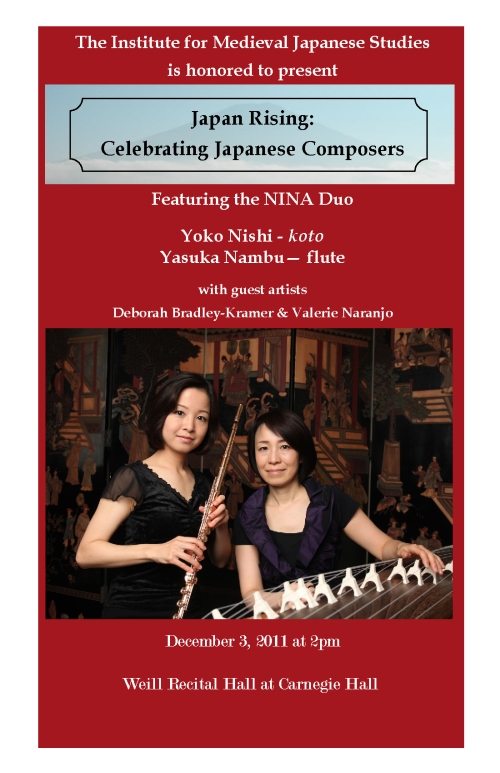
Japan Rising — The NINA Duo Celebrating Japanese Composers
Weill Recital Hall at Carnegie Hall 881 7th Ave, New York, NY, United States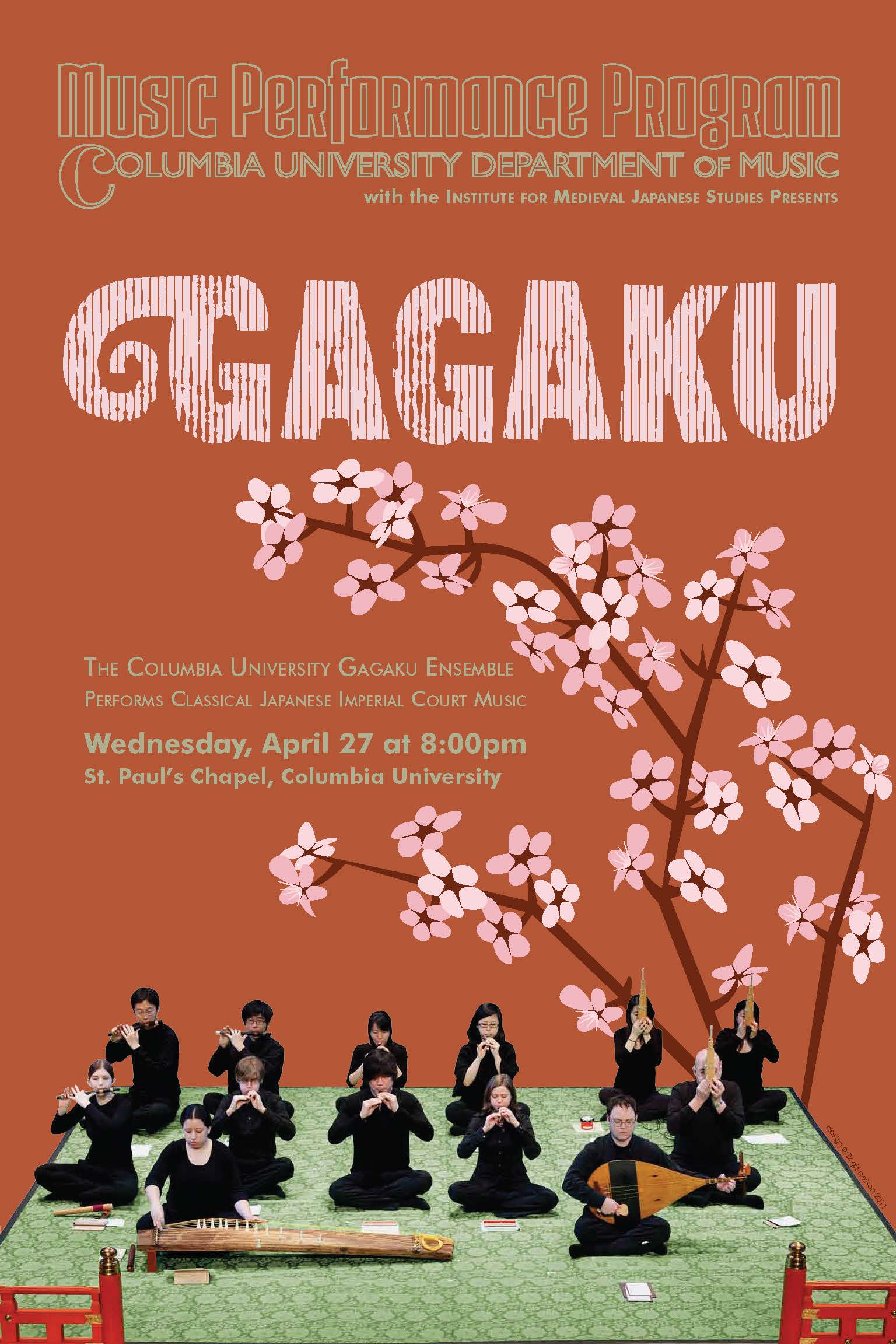
Semester-End Recital – Spring 2011
St. Paul’s Chapel, Columbia University 1160 Amsterdam Ave, New York, NY, United States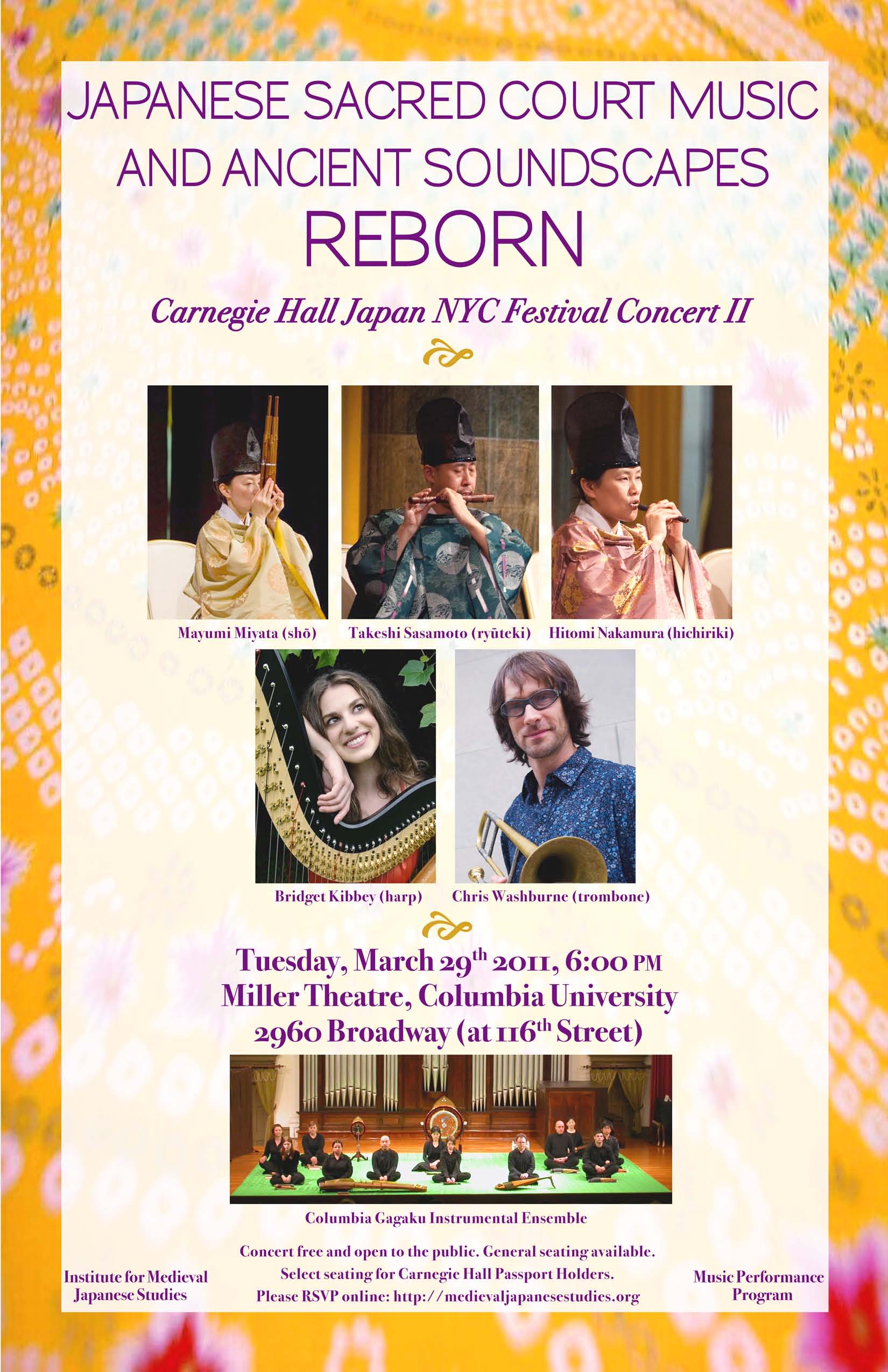
Glories of the Japanese Traditional Music Heritage – Concert II: “Japanese Sacred Court Music and Ancient Soundscapes Reborn”
Miller Theatre, Columbia University 2960 Broadway, New York, NY, United States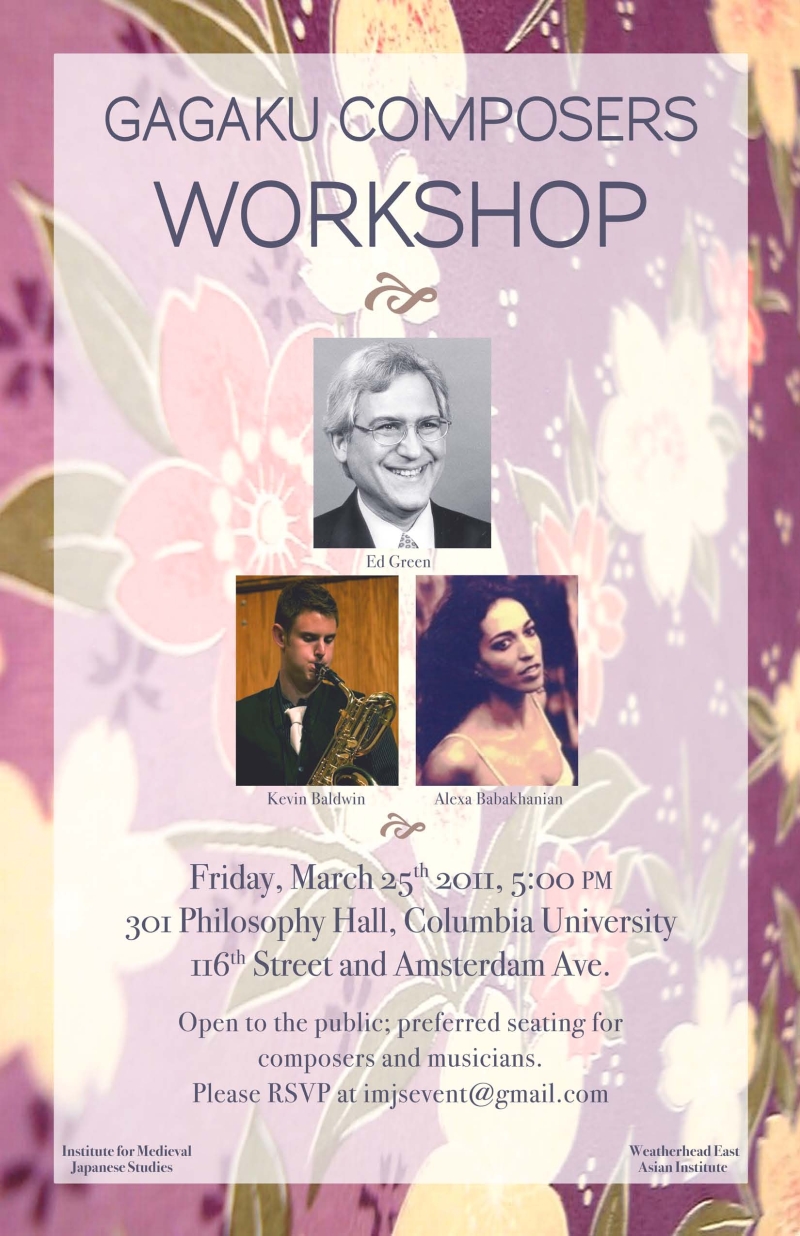
Gagaku Composers’ Workshop
301 Philosophy Hall 116th Street and Amsterdam Avenue, New York, NY, United States
Glories of the Japanese Traditional Music Heritage – Concert I: “Winds and Strings of Change” Honoring the memory of Toru Takemitsu
Miller Theatre, Columbia University 2960 Broadway, New York, NY, United States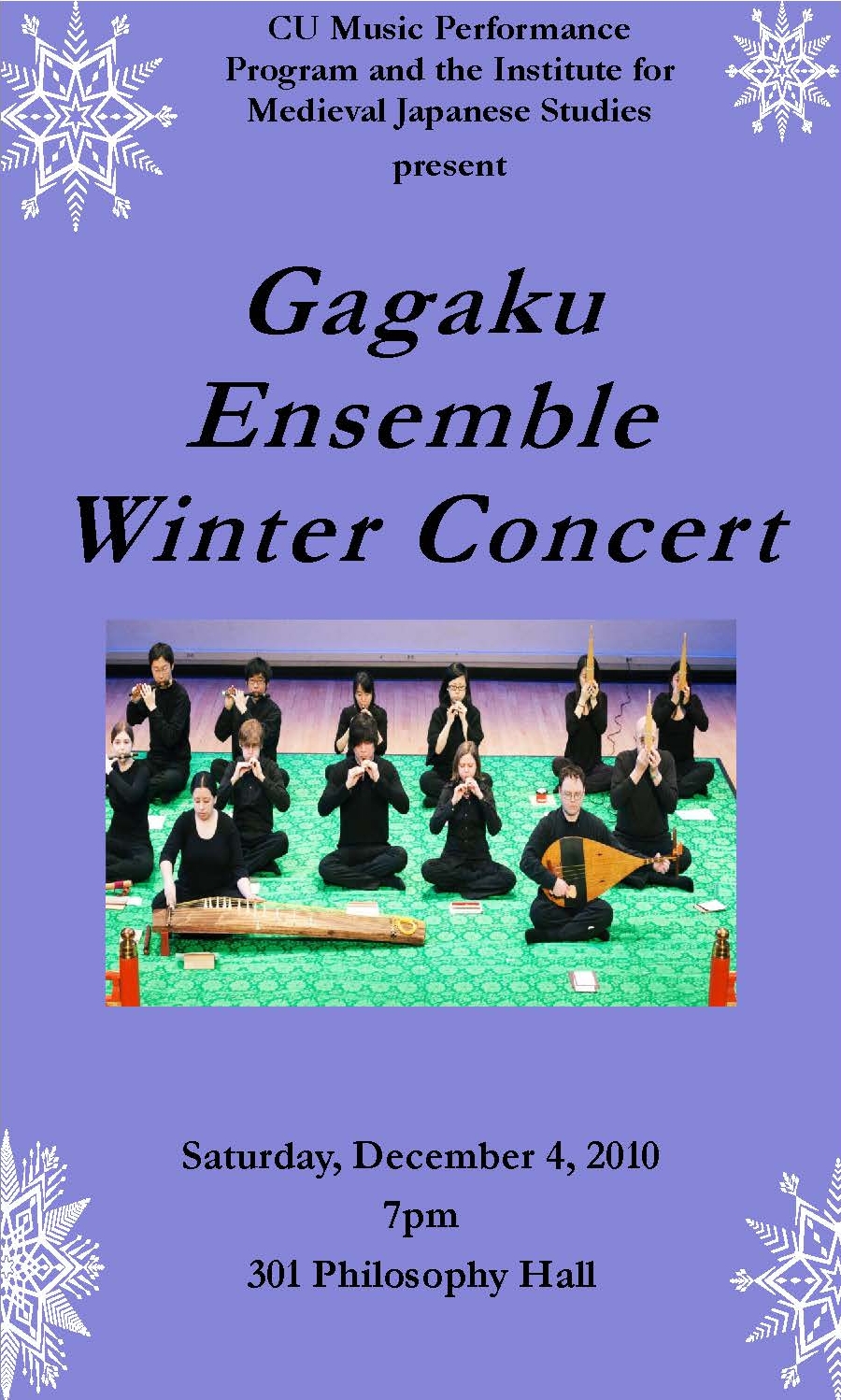
Semester-End Recital – Fall 2010
301 Philosophy Hall 116th Street and Amsterdam Avenue, New York, NY, United States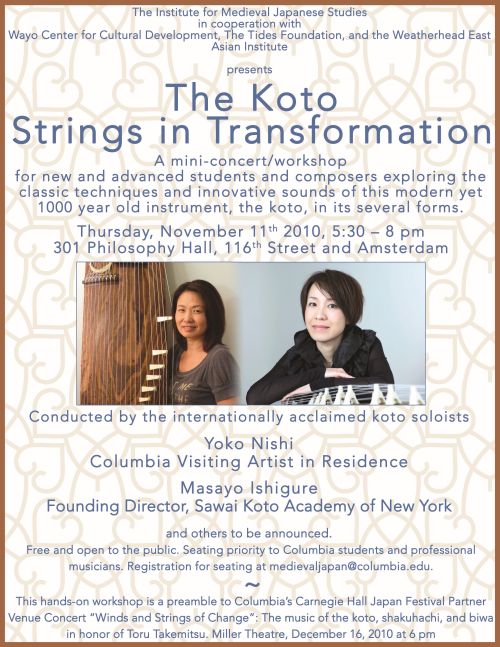



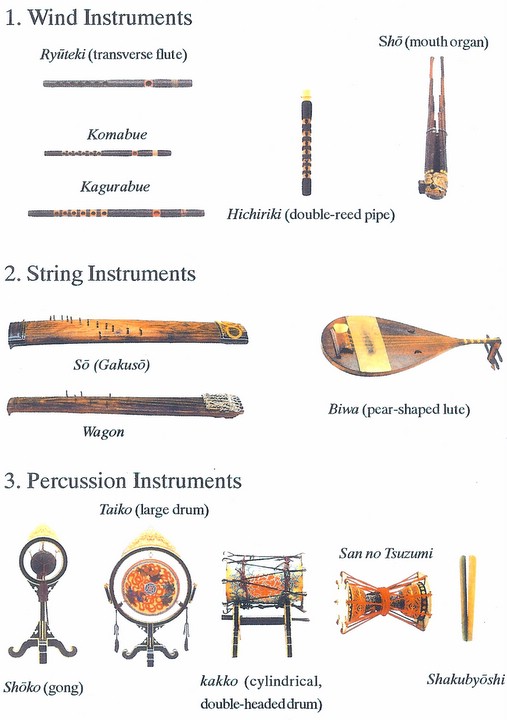
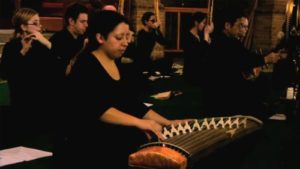 In conjunction with the Gagaku-Hōgaku Classical Japanese Music Curriculum and Performance Program at Columbia University, launched in September 2006, the Institute for Medieval Japanese Studies presents several public gagaku concerts and instrumental workshops to introduce the ancient music of Japan to a greater audience at Columbia University and in New York.
In conjunction with the Gagaku-Hōgaku Classical Japanese Music Curriculum and Performance Program at Columbia University, launched in September 2006, the Institute for Medieval Japanese Studies presents several public gagaku concerts and instrumental workshops to introduce the ancient music of Japan to a greater audience at Columbia University and in New York.